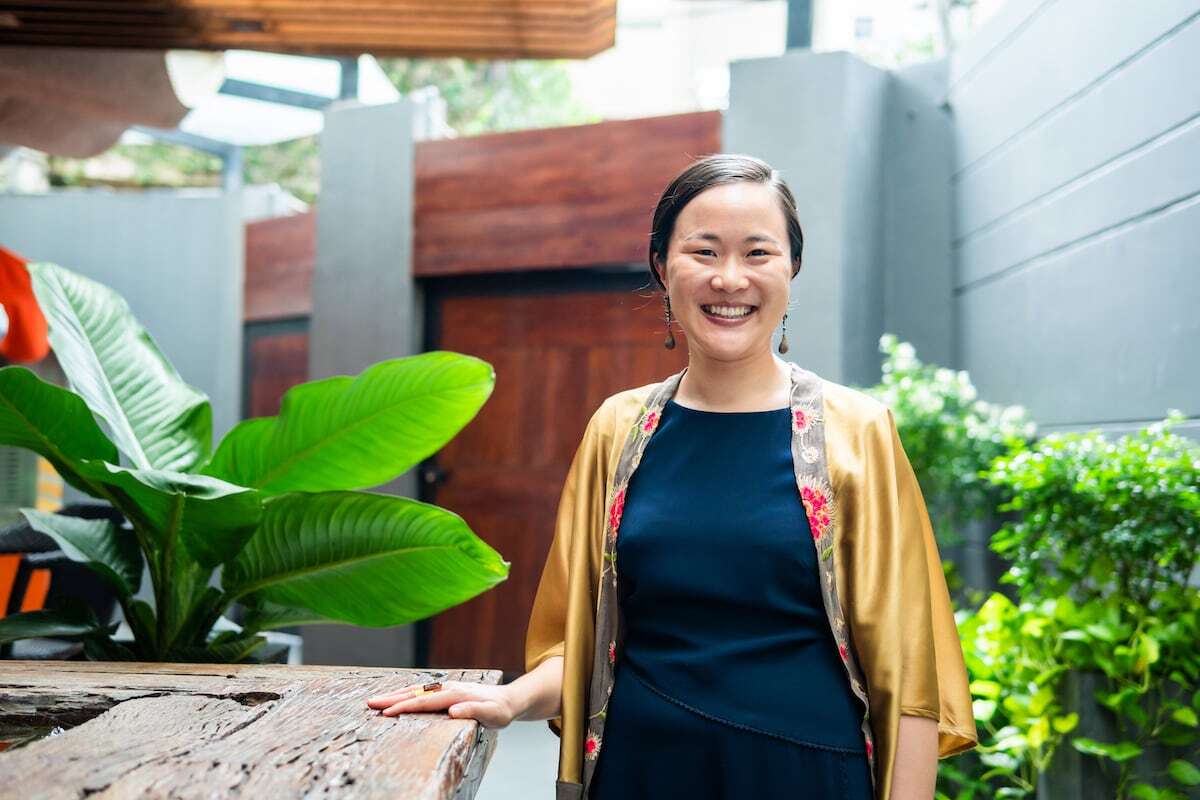What was your first job?
I studied in Canberra and was lucky enough to find a part-time job in the public service. It was with the Community Water Grants program, which essentially funded community projects aimed at water saving, recycling or treatment. I remember doing all kinds of things like helping retirees at bowling clubs with tech troubleshooting as they filled in their online applications! (my team will find this quite ironic as these days I am the one who most frequently needs tech support)
When did you know you wanted to work in finance/business?
As mentioned I studied in Canberra, and like so many others studying international relations my dream was to join DFAT or AusAid. Unfortunately, I didn’t even make it through the first round so I had to look at other options. My friend took me along to a recruiting presentation by management consulting firm Bain & Company and seeing that the application process was quite simple, I sent along my CV and cover letter just to see what would happen. One thing led to another and I ended up accepting an offer with Bain. Frankly, before starting at Bain I had little idea of either finance or business but it turned out to be a career twist that worked out for the best.
When did you first discover the concept of Impact Investing?
I took a transfer to India with Bain, and as the cliché goes you end up either loving India or hating it, and I was one of those who loved it. I left Bain soon after my transfer ended and returned to India to work for TechnoServe (a development consulting firm). My colleagues were a very interesting crowd of hardcore development professionals as well as ‘reforming’ investment bankers and management consultants like myself. It was in that circle that I first heard about impact investing.
What’s one exciting development you and your team have in the pipeline?
Last year our team was proud to launch the Beacon Fund, a fund that focuses on the “missing middle” of women-owned/ women-led businesses which are too small for PE, too big for microfinance, don’t fit the growth profile of VC and are underserved by banks. One thing we’ve realised is that there are many businesses that are not the ‘exponential growth’ companies targeted by VCs though have other appealing characteristics – namely solid cash-flows and profitability. However, so much of the narrative around entrepreneurial and investing success – even in impact investing to some extent – still is focused on VC-type models. One analogy I love for describing these moderate-growth, sustainability-focused businesses are ‘zebras’ as opposed to the ‘unicorns’ sought after in VC (I can’t take credit for the analogy – that must go to Zebras Unite).
We’re about to announce our initial investments at the Beacon Fund but at the same time we realise there is a lot of work to be done to develop our investment product and find a sustainable and scalable way to support ‘zebra’-type businesses. That’s what is keeping us busy right now.
What was the most interesting impact deal (from any team across Asia/Pacific) in the past 12 months?
Let me choose something outside of our own portfolio as it’s too hard to pick amongst your own children! I find the model of Aruna very interesting. It’s an Indonesian company that aims to build a more streamlined distribution chain in the aquaculture industry. It buys sea products directly from fishermen and women, bypassing several layers of middlemen, and sells mainly to exporters or directly to buyers in foreign markets. Disrupting the agriculture and aquaculture industries is not easy and takes time, but these are critical sectors to invest in given their huge importance for people’s livelihoods in Southeast Asia.
Name one high impact company (globally) that investors should keep their eye on?
It’s not a company but a fund: Canada’s Equality Fund, which supports women’s organisations and movements around the world. What I find special about the Fund is the way it combines both investment approaches with philanthropy – investing with a thoughtful and intentional gender lens on the one hand combined with engaged philanthropy in support of gender equality on the other.
While I’m an investor in my ‘day job’, it’s clear to me that social and environmental problems can only be tackled by a mix of both investment and philanthropy. Bringing together impact investment and philanthropy in the same vehicle is not uncommon (foundations that invest their endowment with an impact lens would be an example), but I believe the way that the Equality Fund is working to ensure both ‘arms’ (investment and philanthropy) have a coherent strategy is very powerful.
(Full disclosure: I’m on the Equality Fund’s Investment Advisory Council.)
What’s your vision for impact investing in 5 years’ time?
I hope that there’s widespread understanding of the ‘spectrum of capital’, which starts with traditional investing on one end, then moves through responsible investing and impact investing all the way to philanthropy. This will bring a lot more clarity in articulating, evaluating and comparing the financial goals and impact goals of the different products and strategies in the market. Right now there’s some sloppiness and confusion which leads us to get stuck on questions such as ‘is there a trade-off between impact and financial return?’, when the answer is actually ‘it depends – there is a trade-off in some parts of the spectrum, there isn’t in others’.

